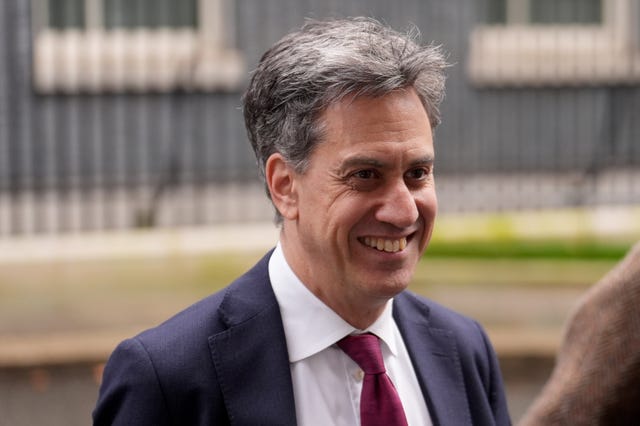Ofgem reveals ‘low or no standing charge’ energy tariff plan to help cut bills
Standing charges are applied daily, regardless of how much energy the customer uses, and many campaigners say they affect vulnerable customers more.

Energy suppliers will be made to offer tariffs with low or no standing charges, allowing customers to pay the costs as part of their unit rate instead, under plans from regulators.
Ofgem said it is consulting on bringing in the option under the price cap that would cover so-called zero standing charge tariffs.
The watchdog said it wants the tariffs to be available in time for winter 2025.
Standing charges are applied daily, regardless of how much energy the customer uses, and are used to cover the cost of supplying energy to homes and businesses.
They also cover the costs of building new network infrastructure and keeping the power on when energy suppliers go bust.
But campaigners say they are unfair because everybody pays the same rate, meaning they make up a far higher proportion of bills for people using less energy.
Charlotte Friel, director for retail pricing and systems at Ofgem, said: “We know from the huge response we’ve had that many feel standing charges are unfair.
“However, we also know that vulnerable, high-energy users – including those who rely on medical equipment at home or low-income families in poorly insulated houses – would suffer disproportionately if these costs were added to the unit rate for everyone.
“That’s why we’re moving forward with plans that will give customers a choice and more control over how they choose to pay for their gas and electricity.

“We’re looking closely at how these tariffs will work in practice, but everyone will need to carefully consider which option best suits their needs.
“The costs included in the standing charge ultimately have to be paid. But while they may not save everyone money, they will give people a choice, and greater control over their bills.”
The consultation comes after Energy Secretary Ed Miliband urged Ofgem to crack down on rising costs.
Recent forecasts show that the amount people will pay per unit of electricity is set to go up again in April, even if most people’s bills will go down because of less usage.
Martin Lewis, founder of MoneySavingExpert.com, said: “This is progress. Standing charges are by far the most complained-about part of an energy bill.
“It costs in excess of £300 a year just to have the facility of gas and electricity, even if you don’t use any.
“They’re a moral hazard that disincentives lower users from cutting their bills, and leaves many older people, who only use gas for heating in the winter, still paying for it every day in summer.”
He said Ofgem should move vulnerable customers who do not use much electricity to a “low or no standing charge” tariff by default, using an opt-out mechanism, so that people do not miss out on savings.
Energy UK – a group which represents energy companies like British Gas, Octopus and others – raised concerns around the policy.
Chief executive Dhara Vyas said the plan would “increase the challenges and risks” associated with buying energy in advance for power firms.
And it could increase the “complexity” for consumers, she added, because people would have to make “an active choice” about which tariff to be on and could end up on the wrong plan.





